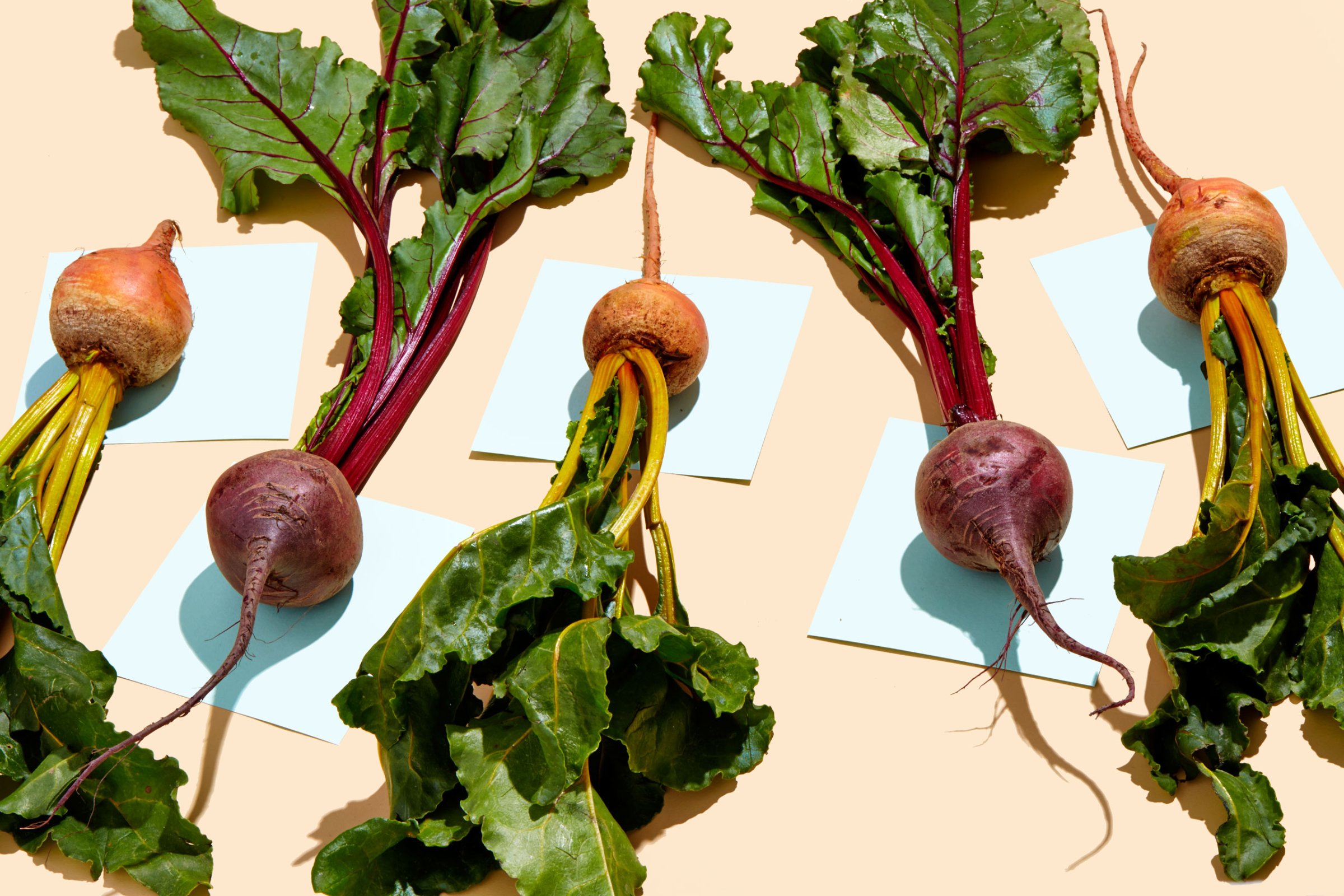
Tossing uneaten leftovers or slimy lettuce may feel like no big deal. But a new report from the sustainability-focused World Resources Institute (WRI) says food waste is responsible for 8% of annual greenhouse gas emissions, and that 25% of agricultural water use and a land mass the size of China go toward producing food that ultimately goes uneaten. If it were a country, according to WRI, food waste and loss would release more greenhouse gases into the atmosphere than any nation except the U.S. and China.
Cutting back on food waste could help the environment in a few ways. Most obviously, it would save the resources and energy that go into producing unneeded food at every step of the supply chain, from farming to packaging to shipping. But as food rots in landfills, it also produces methane, one of the greenhouse gases that contribute to climate change—so reducing the amount of food that goes uneaten, and eventually spoils, could lower overall emissions. Wasting perfectly good items also contributes to food and nutrition insecurity, since fresh, healthy items tend to be those that are wasted most, leaving behind non-perishable, processed products, notes Carmen Byker Shanks, a dietitian and associate professor of food, nutrition and sustainable food systems at Montana State University.
The problem is a global one, but the U.S. is a major offender, wasting up to 40% of its food supply each year, according to the U.S. Department of Agriculture (USDA). Governments, corporations, farmers and other food producers, restaurants and stores all play a big part in reducing waste, according to WRI’s new report, but households are important contributors, too. Here’s how you can do your part.
Buy only what you need
The most obvious tip is also the most important: Think critically about what you buy. “When shopping, plan your grocery list, avoiding impulse buying or stocking up so much that you can’t use the food by the time it’s going to go bad,” Byker Shanks says.
If you do end up with more than you can use, Byker Shanks recommends freezing, canning, fermenting or pickling foods before they spoil, or incorporating unneeded items into soups, sauces or smoothies. You could also give food away to friends, or to food banks that accept fresh items, she adds. It’s also worth learning how to use often-discarded items, like vegetable stems (which can often be cooked and eaten) and chicken bones (which can be used to make stock). If produce is past the point of no return, Byker Shanks says you should compost it rather than tossing it in the garbage.
Frozen, canned or pre-prepared produce is often just as nutritious as fresh fruits and veggies (as long as it doesn’t contain additives like salt and sugar) and lasts longer, notes Byker Shanks. Just be smart about the tradeoff between food waste and excess packaging, she says. If you know you can’t finish a whole bunch of spinach, buy it frozen; but if you tear through fresh fruit, buy it with a little packaging as possible. Even better: choose containers that are compostable, recyclable or reusable.
Get organized
Simply keeping a neat refrigerator or pantry can go a long way. ”Put the more perishable foods right up front,” Byker Shanks says. “It’s a constant reminder to actually use that food before you go for a more preserved or processed food.”
How you store perishable items matters, too. Fruits and veggies typically do better in the humidity-controlled crisper, for example. And there are easy work-arounds for foods that often spoil. “Wrap greens in a paper towel or light kitchen towel, because that towel is absorbing a lot of the moisture that’s coming out of the greens,” Byker Shanks recommends.
Learn what labels really mean
A study published earlier this year found that the majority of Americans sometimes toss packaged food when it gets close to its “sell by” and “use by” date, even though these labels are not federally regulated and do not refer to food spoilage. This over-cautiousness can lead to excess waste. A better strategy, the USDA says, is to look for changes in color, flavor, texture or smell, which may indicate that a food has gone bad.
Consider a meal kit
Meal kits, which come with pre-portioned ingredients needed to make home-cooked dishes, can seem like an environmental disaster, since they have lots of extra packaging. But a surprising study published this year found that meal kits’ ability to reduce food waste actually outweighs the environmental impact of all that plastic and cardboard. “That is not to minimize that there are environmental impacts associated with plastics and packaging waste,” study co-author Shelie Miller told TIME in April. “But [consumers should be] thinking about things more mindfully in a systematic context.”
Keep portion sizes moderate
“Overeating is also a form of food waste,” Byker Shanks notes. In fact, a recent study published in Frontiers in Nutrition argues that, globally, excess body weight corresponds to 140 billion pounds of food waste.
“Being mindful of how much you eat is also a way to reduce food waste” and improve your health, Byker Shanks says. “For some consumers, that’s more motivating than thinking about the environment.”
More Must-Reads From TIME
- The 100 Most Influential People of 2024
- The Revolution of Yulia Navalnaya
- 6 Compliments That Land Every Time
- Stop Looking for Your Forever Home
- If You're Dating Right Now , You're Brave: Column
- The AI That Could Heal a Divided Internet
- Fallout Is a Brilliant Model for the Future of Video Game Adaptations
- Want Weekly Recs on What to Watch, Read, and More? Sign Up for Worth Your Time
Write to Jamie Ducharme at jamie.ducharme@time.com